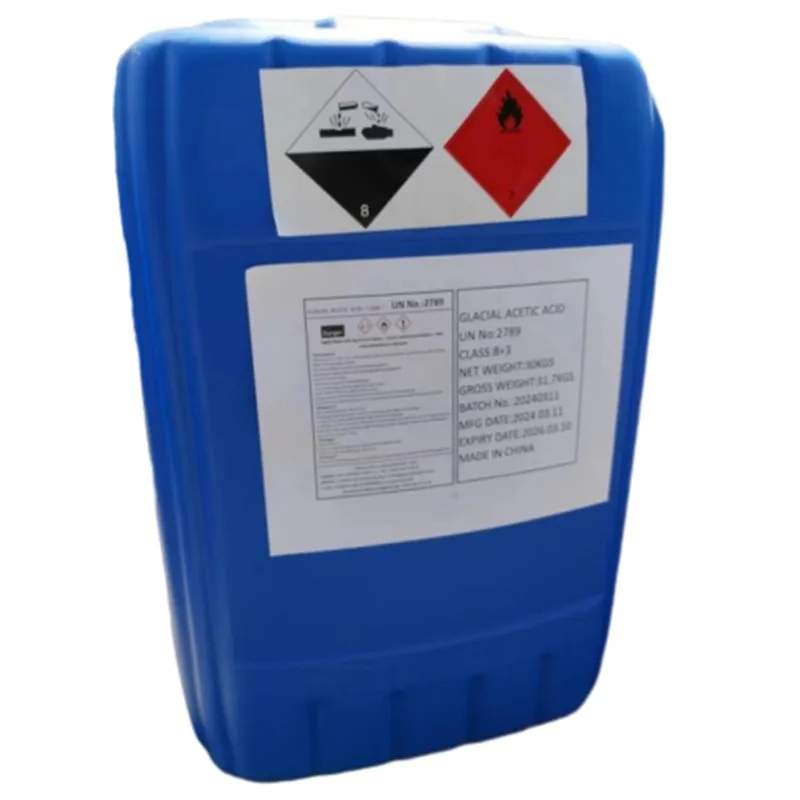
emulsifier e476
E476 An Overview of Polyglycerol Esters of Fatty Acids
E476, also known as polyglycerol esters of fatty acids, is a food emulsifier that plays a crucial role in the food industry and beyond. As an emulsifier, E476 helps stabilize mixtures of oil and water, which is particularly important in a variety of food products and processes. Emulsifiers like E476 are essential for improving the texture, shelf life, and overall quality of food items.
What is E476?
E476 is a synthetic emulsifier derived from glycerol, a three-carbon alcohol, and fatty acids. It is produced by esterifying polyglycerol with edible fatty acids, which can be sourced from both plant and animal origins. The molecular structure of E476 allows it to reduce surface tension, enabling the effective blending of immiscible substances such as oil and water. Its unique characteristics make it suitable for various applications in food processing.
Applications in the Food Industry
E476 is utilized in a diverse range of food products, including baked goods, margarine, cheese, and dressings. In baking, it helps to create a uniform distribution of fat, enhancing the texture and moisture retention of cakes and breads. In margarine and spreads, E476 aids in achieving a smooth consistency, preventing separation, and ensuring a stable emulsion. Its ability to improve the stability of oil-in-water emulsions makes it a valuable ingredient in salad dressings and sauces, providing a desirable mouthfeel and extending shelf life.
Moreover, E476 can be found in dairy products like ice creams and yogurts, where it contributes to a creamy texture and prevents the formation of ice crystals. This functionality is particularly important during storage and transportation, as it helps maintain quality over time.
emulsifier e476

Health and Safety Considerations
E476 is generally recognized as safe (GRAS) by food safety authorities, including the U.S. Food and Drug Administration (FDA) and the European Food Safety Authority (EFSA). When consumed in moderate amounts as a part of a balanced diet, it poses little to no significant health risks for the general population. However, as with any food additive, excessive consumption may lead to adverse effects, particularly for individuals with specific sensitivities or allergies.
It is essential for consumers to be aware of the presence of E476 in food products, especially those who are mindful of their dietary choices or have certain health conditions. Food labeling regulations require manufacturers to list food additives, allowing consumers to make informed decisions.
Broader Uses Beyond Food
In addition to its applications in food, E476 is also utilized in various non-food industries. For example, it can be found in cosmetics and personal care products, where it functions as an emulsifier and stabilizer in creams and lotions. Furthermore, E476 is used in pharmaceuticals to help deliver active ingredients in a stable and effective manner, enhancing the bioavailability of certain medications.
Conclusion
E476, or polyglycerol esters of fatty acids, is a versatile emulsifier that serves essential functions in the food industry and beyond. Its ability to stabilize oil and water mixtures makes it an invaluable ingredient in a wide variety of products, from baked goods to cosmetics. While it is considered safe for consumption, it is always prudent for consumers to stay informed about food additives and their implications for health. As our understanding of food science advances, the role of emulsifiers like E476 will continue to be pivotal in enhancing food quality and safety.
-
Pure Sodium Dichloroisocyanurate Dihydrate | Powerful DisinfectantNewsAug.29,2025
-
Industrial Chemicals: Quality & Purity for Every IndustryNewsAug.28,2025
-
Nitrile Rubber Honoring Strict Production StandardsNewsAug.22,2025
-
Aspartame Ingredients Honoring Food Safety ValuesNewsAug.22,2025
-
Fertilizer for Balanced Plant NutritionNewsAug.22,2025
-
Cyanide Gold Processing with High Purity AdditivesNewsAug.22,2025
-
Formic Acid in Textile Dyeing ApplicationsNewsAug.22,2025
Hebei Tenger Chemical Technology Co., Ltd. focuses on the chemical industry and is committed to the export service of chemical raw materials.
-

view more DiethanolisopropanolamineIn the ever-growing field of chemical solutions, diethanolisopropanolamine (DEIPA) stands out as a versatile and important compound. Due to its unique chemical structure and properties, DEIPA is of interest to various industries including construction, personal care, and agriculture. -

view more TriisopropanolamineTriisopropanolamine (TIPA) alkanol amine substance, is a kind of alcohol amine compound with amino and alcohol hydroxyl, and because of its molecules contains both amino and hydroxyl. -

view more Tetramethyl Thiuram DisulfideTetramethyl thiuram disulfide, also known as TMTD, is a white to light-yellow powder with a distinct sulfur-like odor. It is soluble in organic solvents such as benzene, acetone, and ethyl acetate, making it highly versatile for use in different formulations. TMTD is known for its excellent vulcanization acceleration properties, which makes it a key ingredient in the production of rubber products. Additionally, it acts as an effective fungicide and bactericide, making it valuable in agricultural applications. Its high purity and stability ensure consistent performance, making it a preferred choice for manufacturers across various industries.





